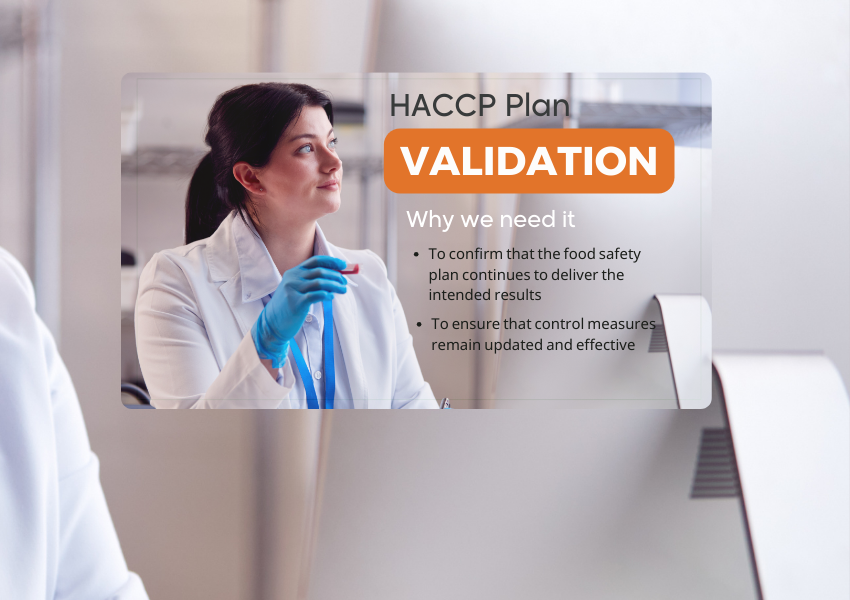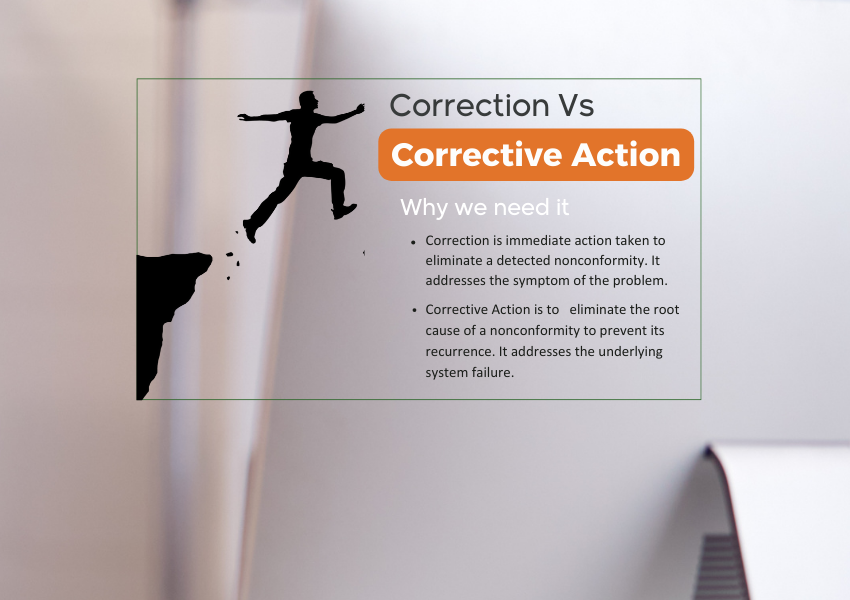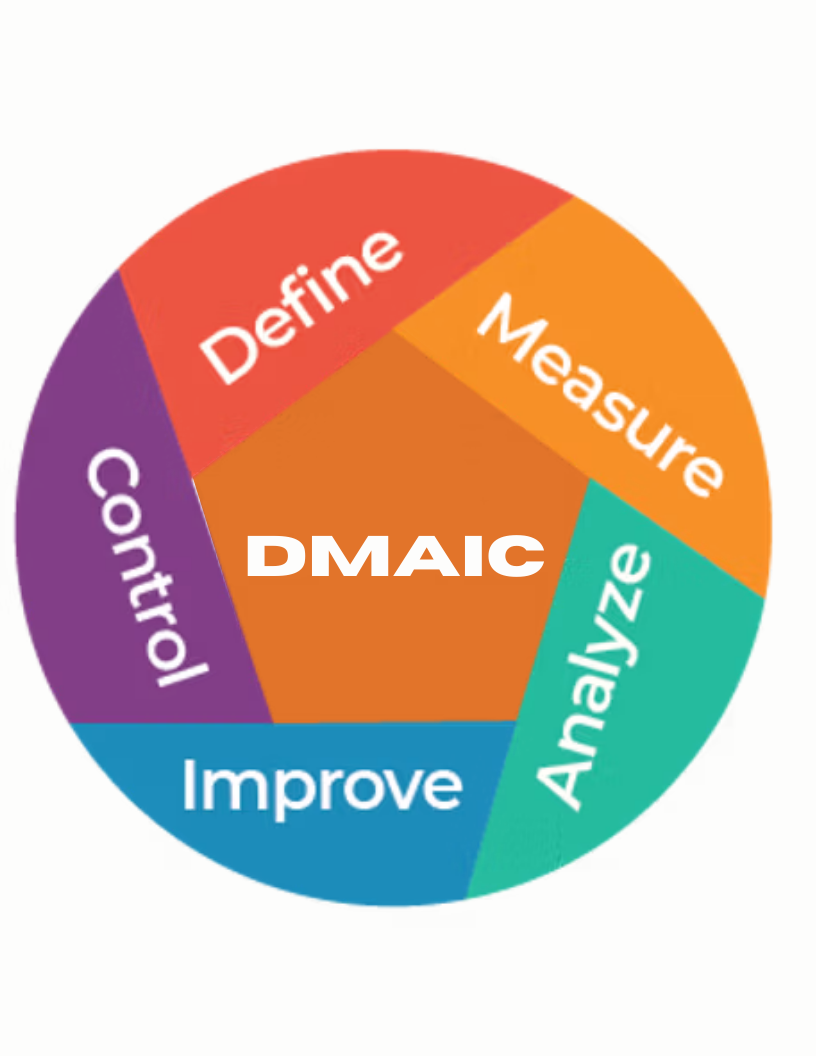Food Safety Plan Validation: Ensuring Continuous Protection
Validation is one of the most critical elements in any food safety plan. It ensures the plan's effectiveness, currency, and completeness. This article will explore this essential component to help food facility decision-makers understand where to begin when developing a plan to protect their product consumers or how to stay current in our rapidly changing times.
Food Safety Plan Validation: When, How, and Can One Plan Cover All Processes?
Food safety serves as a fundamental pillar in protecting public health and enhancing consumer trust, extending beyond mere regulatory compliance to include a commitment to delivering safe, high-quality products. With increasing challenges facing the food industry—including product recalls that can cause significant financial losses and severely damage consumer confidence—implementing rigorous validation and verification procedures becomes indispensable for ensuring compliance and preventing foodborne illness outbreaks.
The Importance of Validation
The significance of validation goes beyond meeting regulatory requirements; it represents a vital investment in long-term business sustainability and brand reputation. A single product-related illness outbreak can trigger widespread recalls, lawsuits, and substantial damage to a company's image. Therefore, validation serves as proactive risk management that protects both profits and market position.
Defining Validation
Validation is a systematic process of gathering and evaluating scientific, technical, and observational evidence to confirm that selected control measures, when properly implemented, can achieve the required level of risk control. Validation answers the fundamental question: "Is what we're doing actually capable of reducing the hazard to an acceptable level?" It ensures that the food safety system design will effectively produce safe, unadulterated products.
Part 1: Understanding Validation in Food Safety Context
1.1 Validation Definition
In food safety, validation is defined as "obtaining evidence that a control measure or combination of control measures, if properly implemented, is capable of controlling the hazard to achieve a specified outcome." This Codex Alimentarius definition emphasizes that validation aims to confirm the appropriateness of hazard analysis and control measures before system implementation.
Validation is a proactive, scientific process demonstrating food production methods' capability to effectively manage risks. This is achieved by compiling scientific evidence showing these methods deliver expected results under specified conditions. The emphasis on "obtaining evidence" and "if properly implemented" confirms that validation isn't merely theoretical but requires practical proof. This also indicates that a validated design's effectiveness depends heavily on proper, consistent implementation, closely linking validation to subsequent monitoring and verification activities.
1.2 Distinguishing Validation, Verification, and Monitoring
Differentiating between validation, verification, and monitoring concepts is crucial for implementing an effective food safety system, as these terms are often confused. Each plays a unique yet complementary role in ensuring food product safety.
Monitoring: Defined as "conducting a planned sequence of observations or measurements of control parameters to assess whether a control measure is under control." It answers: "Are processes being implemented as currently planned?" Examples include temperature/time checks every 10 minutes with recorded results to ensure plan compliance.
Verification: Defined as "applying methods, procedures, tests, and other evaluations, in addition to monitoring, to determine whether a control measure is or has been operating as intended." It confirms that what's said to be done is actually being done, answering: "Was work performed according to plan in the past?" Activities include record reviews, internal audits, and equipment calibration.
Validation: As defined earlier, it answers: "Will the plan succeed in the future?" For example, proving that cooking meat to 70°C for two minutes sufficiently kills Salmonella.
These three concepts form a continuous improvement cycle within food safety management systems. Validation establishes the scientific foundation, monitoring ensures daily compliance, and verification confirms ongoing system effectiveness and adherence to validated design. Without proper validation, monitoring and verification might confirm compliance with an inherently ineffective plan. Without monitoring and verification, a perfectly validated plan may never be consistently implemented. This highlights their synergistic relationship—if validation is flawed, the entire system foundation becomes weak regardless of monitoring/verification quality. Conversely, an ideally validated plan becomes worthless without ongoing monitoring and verification.
Table 1: Comparison of Validation, Verification, and Monitoring in Food Safety
| Concept | Primary Purpose | Timing | Key Question Answered | Example Activities |
|---|---|---|---|---|
| Validation | Prove control measures can achieve intended risk control outcomes | Before system implementation or significant changes | "Will the plan work?" / "Is what we're doing effective?" | Microbial challenge studies, shelf-life testing, scientific literature review, in-plant trials |
| Monitoring | Track processes and verify control measures remain in control | During ongoing operations | "Are processes being implemented as planned?" | Temperature/time recording, pH measurements, visual inspections |
| Verification | Confirm food safety system operates effectively as intended | Periodically (post-implementation) or after changes | "Was work performed according to plan?" / "Is the system safe?" | Record reviews, internal audits, equipment calibration, microbiological sampling/testing |
Part 2: When Should Validation Be Conducted?
Validation timing is crucial for ensuring food safety plan effectiveness, extending beyond initial implementation to include specific scenarios requiring reevaluation.
2.1 Initial Validation Timing
Validation primarily occurs when designing new control measures or food safety systems. The goal is confirming these measures will effectively control hazards before full implementation in daily production. For new facilities or products, initial validation should typically be completed within a set period (e.g., 90 days).
Initial validation includes two distinct components:
Scientific/Technical Justification (Design): Comprises gathering scientific/technical documentation proving the designed process can theoretically control identified hazards. This involves reviewing scientific literature, consulting processing experts, using scientific data/pathogen modeling programs, or guidelines from authoritative sources. This evidence must closely match the facility's actual processes and identify critical operational parameters needed for hazard control (e.g., time, temperature, concentration).
Initial In-Plant Validation Data (Implementation): Involves collecting data from actual in-plant operations to demonstrate the system can perform as expected in daily practice. Records must show the HACCP plan achieves intended objectives. Data should be collected for at least one product from each HACCP process category, covering all Critical Control Points (CCPs) and prerequisite programs supporting food safety decisions. Data must represent worst-case scenarios to ensure control effectiveness even under most challenging conditions.
2.2 Revalidation Triggers
Validation isn't a one-time activity but part of continuous improvement. Revalidation is required whenever changes might affect food safety or control measure effectiveness, including:
-
Process changes: Modifications to production lines, equipment, process flow, or methods
-
Ingredient/product formulation changes: New ingredients, supplier changes, or final product formulation adjustments
-
Equipment changes: Replacement, upgrades, or major modifications affecting control effectiveness
-
Regulatory/industry standard changes: Evolving regulations or new standards requiring plan reevaluation
-
Non-compliance findings: Monitoring/verification activities showing control measures aren't working as intended
-
Customer complaints/food safety incidents: Any incidents indicating potential hazard control issues
-
Periodic review: Annual HACCP plan review/revalidation is recommended even without specific changes
Continuous observation and record evaluation are integral to identifying revalidation needs. Facilities must maintain accurate records of critical limit monitoring and corrective actions, as these observations may trigger system revalidation.
Part 3: Validation Methodology and Steps
Validation requires a structured methodology to ensure effective scientific/technical evidence collection and evaluation.
3.1 Prerequisites
Before validation, certain tasks must be completed to ensure effectiveness and efficiency:
-
Hazard identification: All potential hazards the control measures aim to manage must be identified
-
Pre-validated controls: Determine if control measures have been previously validated by competent authorities
-
Effective prerequisite programs: HACCP systems must be built on solid prerequisite programs (e.g., SSOPs, purchasing specifications)
-
Qualified team formation: Assemble a multidisciplinary team with appropriate training
3.2 HACCP Validation Steps
Validation methodology involves two key components (per USDA guidelines):
Component 1: Scientific/Technical Support (Design)
Focuses on gathering scientific/technical documentation providing theoretical basis for HACCP system decisions, proving the designed process can control identified hazards.
-
Scientific evidence collection: Must closely match actual processes and demonstrate hazard prevention/reduction/elimination
-
Critical operational parameters: Identify specific conditions interventions must meet to be effective
-
Evidence content: Must clearly specify hazards, expected prevention/reduction levels, all critical parameters
-
Evidence examples: Published guidelines, peer-reviewed data, challenge studies, pathogen modeling
Component 2: Initial In-Plant Validation Data (Implementation)
Involves collecting in-plant data demonstrating the facility can implement parameters identified in scientific support.
-
Parameter application: Must match scientific support or have supported effectiveness for any variations
-
Data collection: Should cover at least one product per HACCP process category, representing worst-case scenarios
-
Microbiological data: Encouraged but not required if sufficient scientific support exists
Practical Validation Examples
-
Thermal process validation: Ensures coldest point receives sufficient heat treatment
-
CIP validation: Critical for dairy/beverage industries, evaluating worst-case cleaning scenarios
-
Allergen control validation: Requires specific testing (e.g., ELISA) to prove allergen removal
Part 4: Can One Validation Plan Cover All Processes?
This common industry question requires understanding food safety processes' scope and complexity.
4.1 Comprehensive vs. Specialized Plans
While a Validation Master Plan (VMP) can provide an overall framework, detailed validation protocols for each process/product/hazard are necessary due to inherent food production complexity. The VMP serves as a strategic roadmap, while individual protocols specify testing methods and frequencies.
4.2 Scope Determination Factors
Specialized validation plans are needed due to variations in:
-
Process complexity (e.g., thermal processing vs. allergen control)
-
Product diversity (water activity, pH, microbial load differences)
-
Specific hazards (biological, chemical, physical, allergens)
-
Regulatory requirements (varying by product/process type)
A hierarchical approach works best: a VMP providing general framework, supplemented by process-specific protocols addressing unique conditions.
Part 5: Challenges and Best Practices
Despite its importance, validation implementation faces several challenges requiring holistic solutions beyond technical fixes.
5.1 Common Challenges
-
Lack of expertise/training
-
High implementation costs
-
Complex documentation requirements
-
Resistance to change
-
Difficulty identifying CCPs
-
Technological limitations
-
Varying regulatory requirements
-
Time constraints
5.2 Best Practices
-
Advance planning with clear roadmaps
-
Stakeholder engagement at all levels
-
Technology utilization (e.g., digital tools)
-
Regular monitoring/evaluation
-
External expert consultation
-
Continuous staff training
-
Worst-case scenario testing
Conclusion and Recommendations
Validation is the cornerstone of effective food safety systems—a scientific, proactive process proving control measures can achieve intended risk management outcomes. This article has shown validation is not just procedural but a strategic investment directly contributing to public health protection, consumer trust, and business sustainability.
For successful validation implementation, we recommend:
-
Management commitment: Allocate adequate resources
-
Competency development: Invest in continuous staff training
-
Transparent documentation: Maintain comprehensive records
-
Risk-based approach: Prioritize critical activities
-
Continuous improvement: Regular system reviews
Ultimately, validation isn't a regulatory burden but a strategic investment building trust, protecting reputation, and ensuring sustainable production of safe, high-quality food products.










Leave a Comment